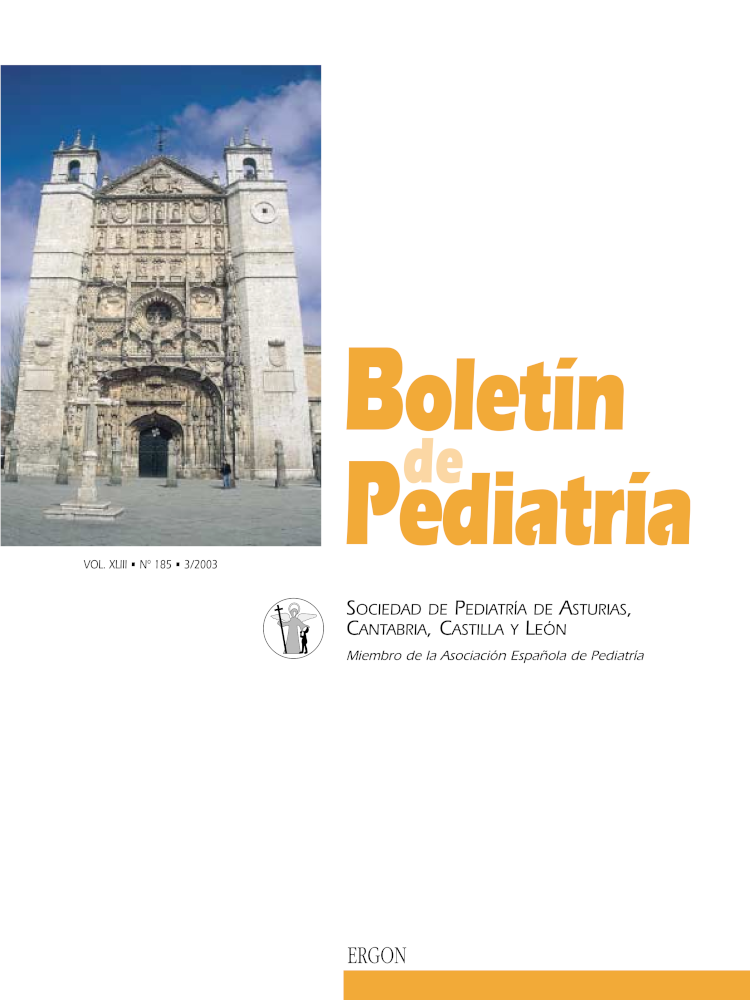Abstract
Introduction: The early identification of hearing loss is very important to begin a early rehabilitation and to get a normal development of the language. Because of this reason, programs of hearing screening have been developed for newborns, mainly in cases with risk factors. Neurophysiological study Brainstem auditory evoked Response(BAER) is an objective test that provides an early detection of hearing loss and a functional evaluation of the auditory pathway. Objectives: To study the incidence of hearing loss in children with risk factors in our field of primary care and to make a revision of hypoacusis screening with cost-effectiveness analysis of universal newborn hearing screening methods. Methods: All newborn and children presenting some factors of audiologic or neurologic failure, based on the criteria of the Spanish Commission for the Early Detection of Hypoacusis, were tested by BAER, in the years 2001 and 2002. The study included 157 children, between the ages of birth and 5 years old. Conclusions: In cases of children with risk factors, the results show that the incidence of sensorineural hearing loss is 7.6% and of bilateral profound hearing loss is 2.5% The age of identification of hearing loss was decreased in newborn under 6 months with the hearing screening programs. Conventional BAER has long been recognized as the most sensitive method of assessing the auditory acuity of newborns. However, it was thought to be too expensive and time-consuming a procedure for initial stage screening. To use automated universal screening equipment can reduce costs and increase cost-effectiveness.

This work is licensed under a Creative Commons Attribution-NonCommercial 4.0 International License.
Copyright (c) 2003 Boletín de Pediatría
